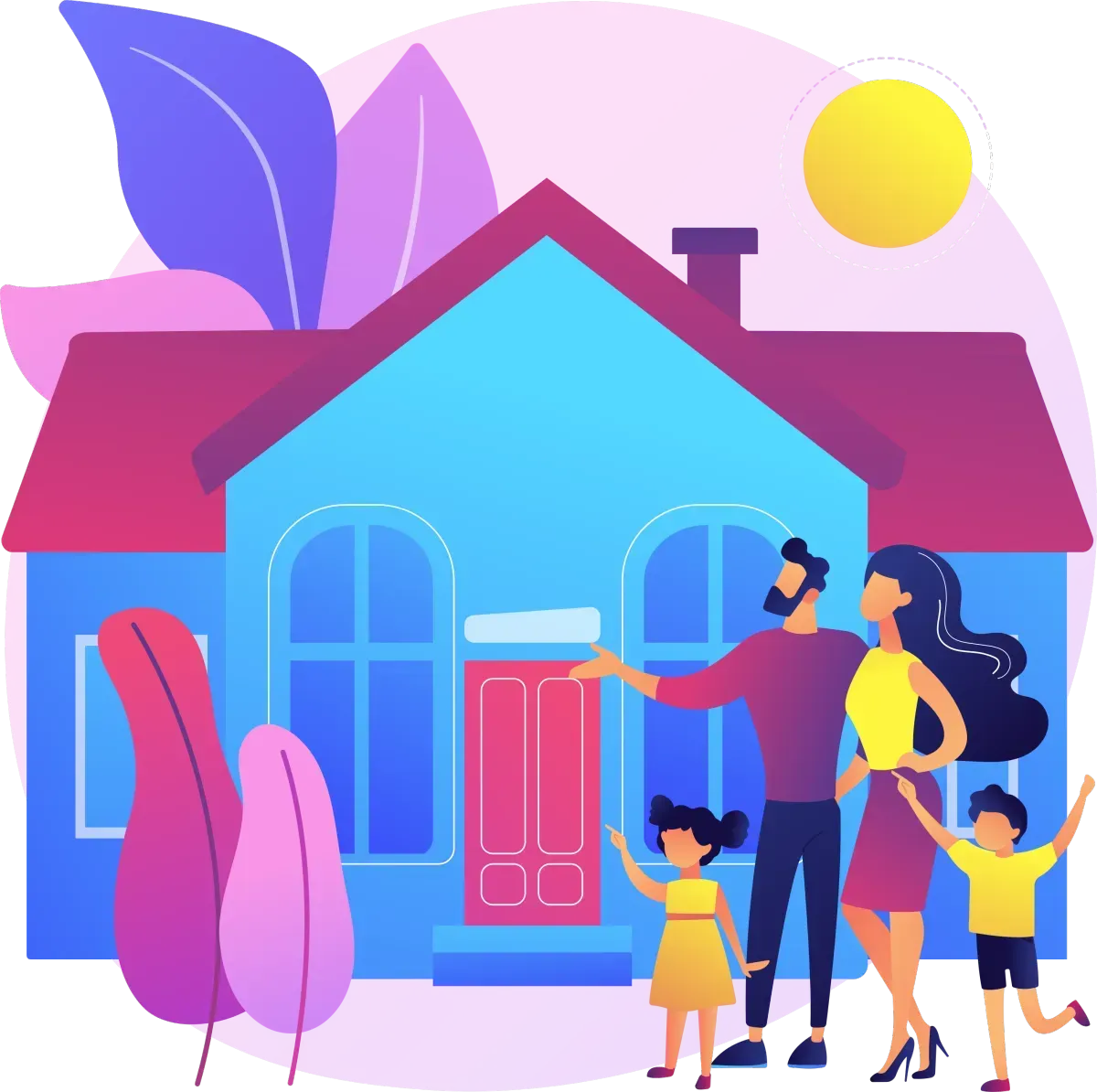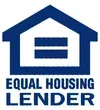Loan Programs Available
















Disclaimer: Amy Firstman ("LD," "We," "Us," "Our") is exempt from mortgage and NMLS licensing for the states we lend in. Our loan products require a business purpose, and the property must be used as a non-owner-occupied investment property, also known as a rental property. Our rates, loan terms, and loan conditions are only offered to qualified borrowers, and may vary based on loan product, credit score, real estate investment experience, deal structure, property state, and several other applicable considerations. Our rates, loan terms, and quotes, are subject to change daily, at any time, with or without notice. Loans requiring less documentation may result in a higher interest rate and higher annual percentage rate ("APR").
NEXA Mortgage, LLC Is An Equal Housing Lender | Corporate: 5559 S Sossaman Rd Bldg #1 Ste #101, Mesa, AZ 85212 | Company State License#AZMB-0944059 | NMLS#1660690 | Company Website: www.NEXAmortgage.com
© Copyright 2025. Amy Therese Firstman. All rights reserved.

